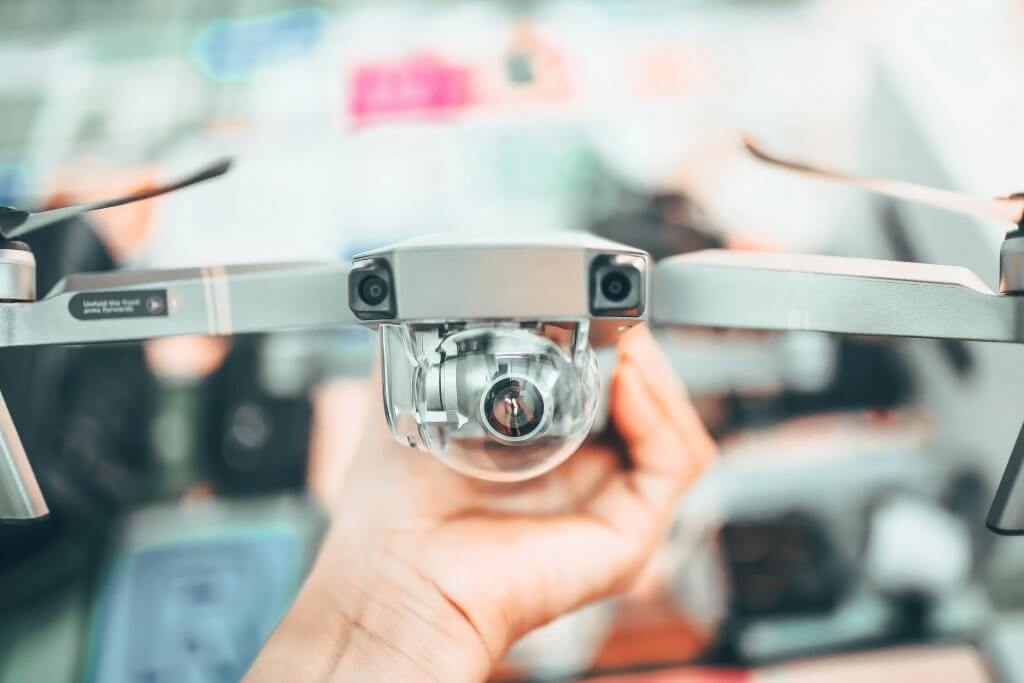Evolving Product Design: A Glimpse into the Future
Product design is a rapidly evolving field that is heavily influenced by emerging technologies and trends. The advent of new technologies like artificial intelligence, virtual reality, and 3D printing has fundamentally transformed the way products are designed and manufactured. These technological advancements have not only made the design process more efficient but have also opened up new possibilities for designers to create products that were previously impossible to make.
Influence of Emerging Technologies: A Paradigm Shift in Product Design
Several key trends and technologies are set to shape the future of product design, including the increasing focus on sustainability and eco-friendliness. As consumers become more environmentally conscious, there is a growing demand for products that are designed with sustainability in mind. This has led to the development of new materials and manufacturing processes that reduce waste and minimize environmental impact. Many companies are now using recycled materials in their products, and some are even exploring the use of biodegradable materials.

Augmented and Virtual Reality: Revolutionizing Prototyping and User Experience
Another major trend in product design is the use of augmented and virtual reality. These technologies enable designers to create virtual prototypes of products, which can be tested and refined before they are actually manufactured. This not only saves time and money but also allows designers to experiment with new ideas and concepts more easily. Virtual reality can also be used to create immersive product experiences for consumers, allowing them to interact with products in a more engaging way.
3D Printing: A Game-Changer in the World of Product Design
3D printing is another technology that is transforming product design. With 3D printing, designers can create prototypes and even final products quickly and easily. This technology allows for greater flexibility in the design process, as designers can easily make changes to their designs without having to start from scratch. 3D printing also enables the creation of complex geometries that would be impossible to manufacture using traditional methods.
Artificial Intelligence in Product Design: Enhancing Creativity and Efficiency
Artificial intelligence is also playing an increasingly important role in product design. AI can be used to analyze data and identify patterns, which can then be used to inform the design process. For example, AI can be used to analyze customer feedback and identify areas where products can be improved. AI can also be used to generate design ideas based on specific parameters, such as cost or material constraints.
The Role of IoT in Product Design: Bridging the Physical and Digital Worlds
As the Internet of Things (IoT) becomes more prevalent, product design will become even more integrated with technology. This will require designers to have a deep understanding of both the physical and digital aspects of products. Designers will also need to be skilled in areas like data analysis and user experience design.
If you’re interested in keeping up-to-date with the latest trends in product design, you can check out the following links:
We offer a wealth of information on product design, including articles, tutorials, and resources.
Read our blog that provides a comprehensive guide to creating a proof of concept for startups, which can be an invaluable tool in the product design process.
Visit a website that provides a platform for designers to showcase their work and can be an excellent source of inspiration for anyone interested in product design.
Conclusion
In conclusion, the future of product design is an exciting realm full of possibilities. Emerging technologies like artificial intelligence, virtual reality, and 3D printing are revolutionizing the design process and enabling designers to create products that are both functional and engaging. With an increasing focus on sustainability, eco-friendliness, and the IoT, product design is set to become even more integrated with digital technology, creating new opportunities for designers to innovate and push the boundaries of what’s possible.